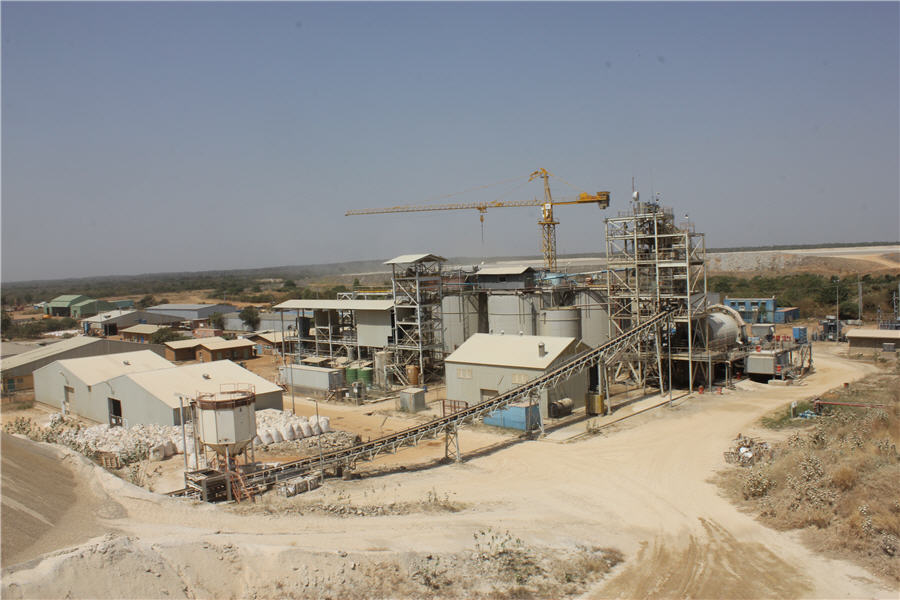Centerra completes feasibility study on US molybdenum operations

Centerra Gold (TSX: CG) (NYSE: CGAU) has released a feasibility study for its US molybdenum operations centred around the vertical integration of the past-producing Thompson Creek mine in Idaho and the Langeloth metallurgical facility near Pittsburgh, Pennsylvania.
The report estimated an after-tax net present value (at 8% discount) of $472 million with a 22% internal rate of return. This represented an upgrade on the capital estimates presented in the pre-feasibility study, with more than double the NPV and a slightly higher IRR.
In addition, the FS has added another year of production to the molybdenum operation, now estimated at 12 years with total production of 146 million lb., including more concentrates produced during the first four years.
The FS is based on proven and probable molybdenum reserves of 161 million lb., measured and indicated molybdenum resources of 63 million lb. and inferred molybdenum resources of 17 million lb. at the Thompson Creek mine. The average reserve grade is 0.065% molybdenum.
On a standalone basis, the Thompson Creek mine has an after-tax NPV of $185 million and IRR of 15%, using an assumed flat molybdenum price of $20/lb. over the life of mine. Initial capital to build the mine is estimated at $397 million.
“Following significant progress on permitting efforts in the second quarter 2024, we have pivoted from a two-phased approval to a single-phase capital investment of $397 million over three years from now,” Centerra CEO Paul Tomory said, adding that the mine is targeted to resume production in late 2027.
“Our total project costs guidance at Thompson Creek for the second half of 2024 is expected to be $55 to $65 million. We will provide 2025 guidance for Thompson Creek with our annual guidance that is expected to be published early next year,” he added.
Tomory also noted that the Langeloth facility would be a key contributor to the molybdenum operation, generating approximately $50 million of earnings before interest, taxes, depreciation and amortization (EBITDA) a year. Langeloth represents one of three molybdenum conversion facilities in the US, and has been in operations since 1924.
Thompson Creek first began operations in 1983 as an open pit mine, producing molybdenum disulfide concentrates that would be processed into technical grade molybdenum oxide, with the majority of concentrate historically processed at the Centerra-owned Langeloth facility.
In 2016, Centerra acquired the Thompson Creek mine in a deal valued at $1.1 billion. Over a two-year period prior to the suspension of the Thompson Creek mine in December 2014, the volume of molybdenum roasted at Langeloth was around 37 million lb. per year.
More News
{{ commodity.name }}
{{ post.title }}
{{ post.date }}



Comments